
家族温泉華の湯
家族温泉華の湯は、福岡県大野城市にある貸切風呂専門の温泉施設。各部屋の湯は毎回入れ替えで、肌にやさしい天然温泉を引く。部屋は全15室で、和洋それぞれ趣の異なるタイプを提供。風呂にはシャンプー、リンス、ボディソープを準備しており、各部屋脱衣所にはそれぞれトイレ、エアコン、ドライヤーなどを完備。貸出用バスタオル(有料)なども準備しているので、手ぶらでの来店も大丈夫だ。
Info
Business Hours
Price
Spot Category
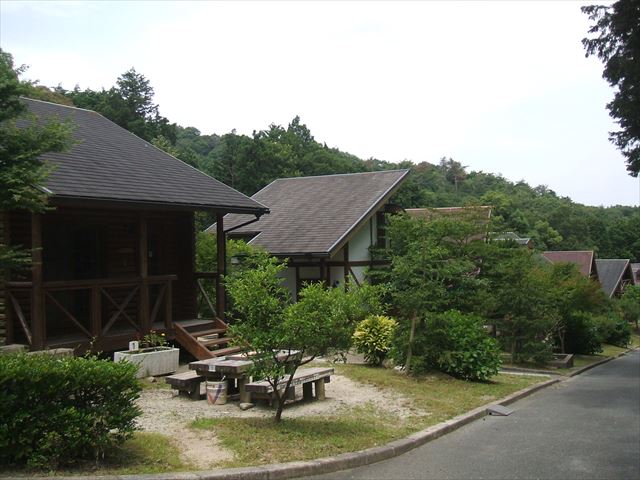
ロッジ
大野城いこいの森キャンプ場
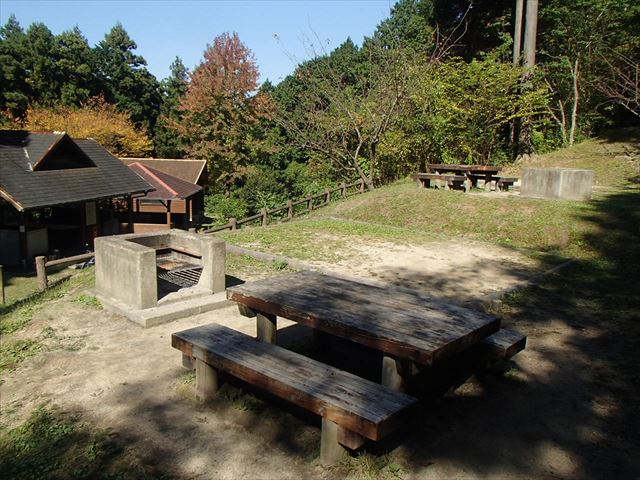
ファミリーテントサイト
大野城いこいの森キャンプ場

フリーテントサイト
大野城いこいの森キャンプ場

バーベキューサイト
大野城いこいの森キャンプ場
The information provided reflects the details available at the time of the survey.
Please note that facility details may change due to the facility’s circumstances, so please check for the latest information before visiting.
This content has been translated using machine translation.
Information provided by: JTB Publishing
The content uses an automatic translation service, which is not always accurate.
The translated content may be different from the original meaning, so please understand and use it.

家族温泉華の湯は、福岡県大野城市にある貸切風呂専門の温泉施設。各部屋の湯は毎回入れ替えで、肌にやさしい天然温泉を引く。部屋は全15室で、和洋それぞれ趣の異なるタイプを提供。風呂にはシャンプー、リンス、ボディソープを準備しており、各部屋脱衣所にはそれぞれトイレ、エアコン、ドライヤーなどを完備。貸出用バスタオル(有料)なども準備しているので、手ぶらでの来店も大丈夫だ。
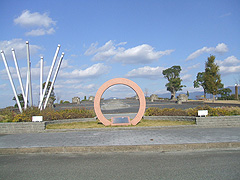
ローラースライダーやパットゴルフなど遊具が充実する中央公園は、多くのファミリーで賑わう。

大宰府の北の守りとして築かれた大野城跡。天智4年(665)、朝鮮半島から渡来した技術者の指導で約8kmにわたる土塁や石垣で山や谷を囲み、その中に建物を造ったとされる。現在、倉庫跡と思われる約70棟分の礎石が点在している。

A town where temples were collected during the Edo period for the defense of Kurume Castle. It is lined with 17 temples, and still retains the features of the Edo period. In each quaint temple there are tombs of many of the predecessors who were active in Kurume. The most well-known people are King Shishi Takayama Hikokuro, the founder of Kurume mochi, Inoue Den, the founder of Kurume Atsuji, Motozo Sakamoto, and the Western painter Harue Koga.
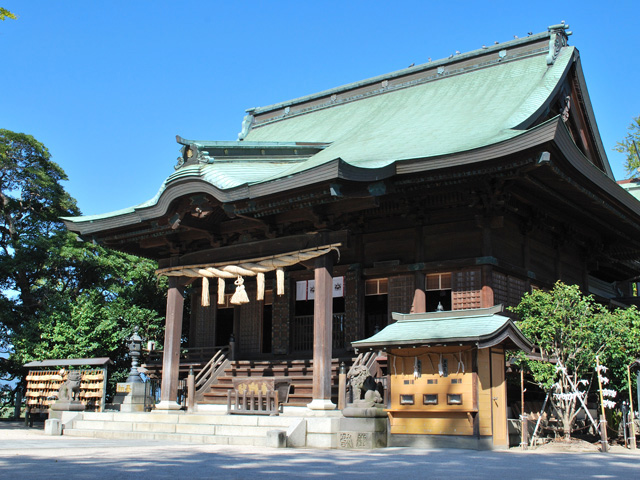
Sōhō-gū of Suiten-gū, which is located throughout the country. The beginning was that Ise, who served Emperor Andoku's birth mother, Takakura Taira Nakamiya [Azechi no Tsuboune], enshrined the spirit of the Heike, who had perished in the Battle of Nōnoura, to mourn. It is known as the guardian deity of asanis, child-giving, water-relief, and children.
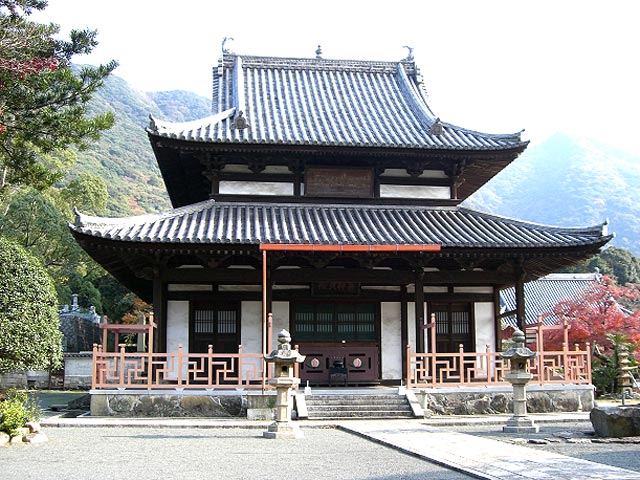
The temple of Obaku sect in a corner of Adachi Forest Park. The feudal lord, Tadamasa Ogasawara, was erected in Kanbun 5 (1665). It was later vanished by military fire and fire of Chōshū Cavalry at the end of the Tokugawa period. The main hall was rebuilt in Kyoho 2 (1717). Kaesando and others were built after the Meiji era. There is a garden behind the main hall, and the Sesshu Garden, which has natural stones in a borrowed view of Mount Ashitate, is a must. Please note that some of the precincts in the direction of the back mountain are unwatchable.
This website uses cookies so that we can provide you with the best user experience possible. Cookie information is stored in your browser and performs functions such as recognising you when you return to our website and helping our team to understand which sections of the website you find most interesting and useful.
Strictly Necessary Cookie should be enabled at all times so that we can save your preferences for cookie settings.
If you disable this cookie, we will not be able to save your preferences. This means that every time you visit this website you will need to enable or disable cookies again.
